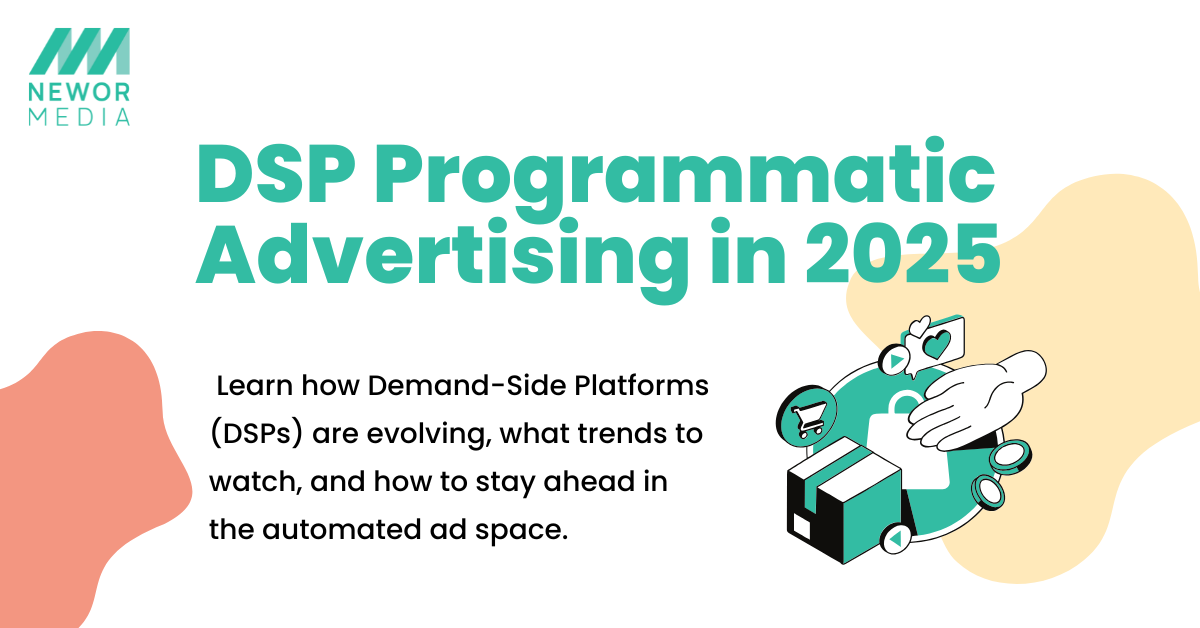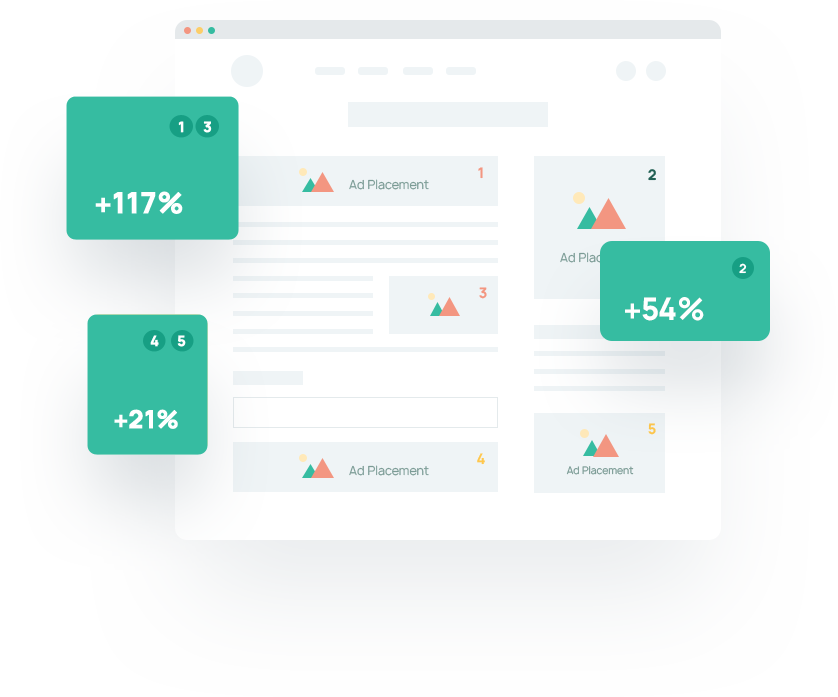The digital ad landscape is ever changing. In 2025, DSP programmatic advertising is one of the main players in the advertising ecosystem. Understanding how a demand side platform (DSP) fits into programmatic advertising can help you make more informed decisions whether you are experienced or are exploring website monetization for the first time.
In this blog, we will discuss what DSPs are, how they work in conjunction with the programmatic advertising space, how it compares to supply side platforms (SSPs), and what are the major trends in DSPs this year.
What is a Demand Side Platform (DSP)?
Let’s look at the basics to understand DSP. A Demand side platform is essentially a software that allows advertisers to automatically buy their digital ad inventory. The goal here is to serve the right ad to the right audience at the right time, without any human negotiation.
To make it simple, a DSP basically connects the advertisers to a wide network of publishers through real-time bidding or RTB. This means that as soon as a users lands on a website, or even opens an app, the DSP evaluates if the impression is a match for one of their campaigns. If it is a match, a bid will be placed, and the highest bidder gets to show their ad.
DSP in Programmatic: Why It Matters
DSP programmatic is not just all about automation, it is also about optimization. DSP can analyze user behavior in real-time and decide which ads are worth bidding on. All of this is done through machine learning, data analytics, and audience segmentation.
This allows advertisers to have more control over their targeting and budget allocation. On the other hand, publishers get access to premium ads that fit their audience. A well-integrated DSP is essential for scaling ad revenue without compromising user experience.
Demand Side Platform vs Supply Side Platform: What’s the Difference?
It is a common question: What’s the difference between a DSP and an SSP?
Here’s a quick explanation:
- DSP (Demand Side Platform): Used by advertisers to buy ad space.
- SSP (Supply Side Platform): Used by publishers to sell ad space.
You can think of it like this, DSPs are on the buying side, whereas SSPs are on the selling side. Ad exchange is the middle where DSPs and SSPs meet. The exchange is the marketplace where bids are placed, and ad impressions are won.
So, as a publisher, your monetization strategy involves working with an SSP that connects with multiple DSPs. This makes sure that your inventory is open to a broad range of demand sources, maximizing fill rates and revenue.
Demand Side Platform Programmatic Advertising: How It Works
Let’s simplify how the process flows:
- User visits a website.
- SSP sends an ad request to the ad exchange.
- DSP evaluates the user data and decides if the impression fits a campaign.
- If yes, it places a bid.
- Highest bidder wins.
- Winning ad is displayed.
All of this happens within seconds. Programmatic DSPs are built for speed, scalability, and precision.
Demand Side Platform Examples
There are quite a few DSPs in the market, each with its strengths. Some well-known demand side platforms include:
- The Trade Desk
- Google Display & Video 360 (DV360)
- MediaMath
- Amazon DSP
- Xandr (formerly AppNexus)
These platforms vary in features — some are self-service, while others offer managed services. Depending on your goals (branding, performance marketing, retargeting), you might find one more suitable than another.
At Newor Media, we often help publishers understand how these platforms interact with the SSPs we use. When your site is plugged into high-quality SSPs, you’re automatically exposed to demand from multiple DSPs, without having to manage them manually.
What’s New in Programmatic DSP for 2025?
2025 is shaping up to be a transitional year for programmatic advertising. Here are a few trends we’re watching closely:
1. Targeting without Cookies
As third-party cookies phase out, DSPs are investing in contextual targeting and identity solutions. Expect to see more reliance on first-party data and privacy-first identifiers.
2. AI-Backed Optimization
While AI isn’t new to DSPs, we’re seeing more refined use cases. Smart bidding algorithms now take into account sentiment analysis, scroll behavior, and engagement trends to make better decisions.
3. CTV and Audio Advertising
Connected TV (CTV) and digital audio formats are no longer fringe channels. Programmatic DSPs are making these more accessible with real-time insights and creative automation tools.
4. Sustainability and Ad Quality
Sustainability in ad tech is becoming a key conversation. Some DSPs now provide carbon impact data, helping advertisers make environmentally conscious choices.
Should Publishers Care About DSPs?
Without a doubt. Even though advertisers are the primary users of DSPs, it directly impacts the kind of ads appearing on your website and how much ad revenue you can generate from them.
By working with an SSP that has strong DSP integrations, you ensure your inventory is seen by more advertisers. And the more competition there is for your ad space, the better your revenue potential.
At Newor Media, we prioritize partnerships with SSPs that connect to premium DSPs. This way, your site is always in the mix when top brands are looking to advertise.
Wrapping Up: DSP Programmatic Advertising in 2025
To sum it up, a demand side platform is a key aspect of the programmatic advertising system. Advertisers can automate, optimize, and personalize their ad buys in real time through DSPs. For publishers, DSPs help to bring in better quality ads, better CPMs, and a smoother monetization experience, provided you’re connected through the right SSP.
In 2025, programmatic advertising continues to evolve, understanding where DSPs fit in will help you stay ahead. Whether it’s preparing for a cookieless world, tapping into new ad formats like CTV, or simply ensuring your ad slots are filled with competitive bids, it all ties back to DSPs.
Got questions about how DSPs interact with your site’s monetization strategy? Reach out to the Newor Media team, we’re always here to help.


One Comment
Comments are closed